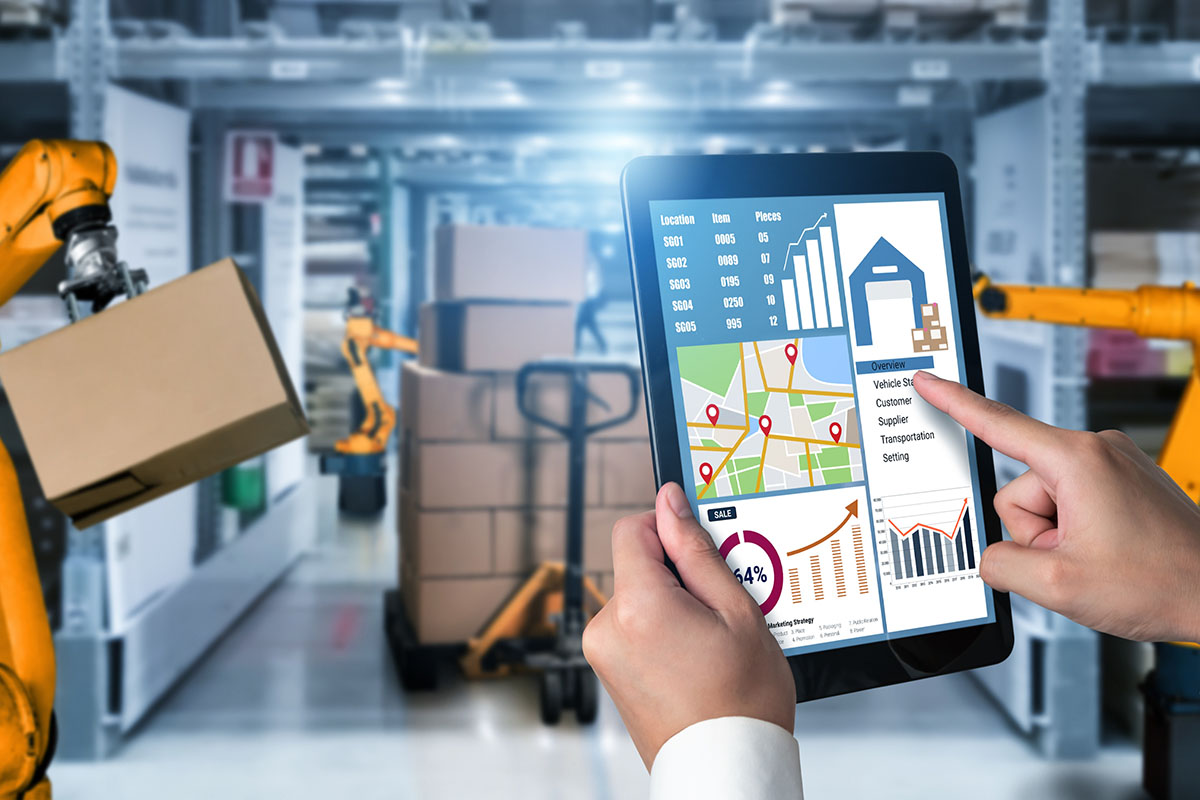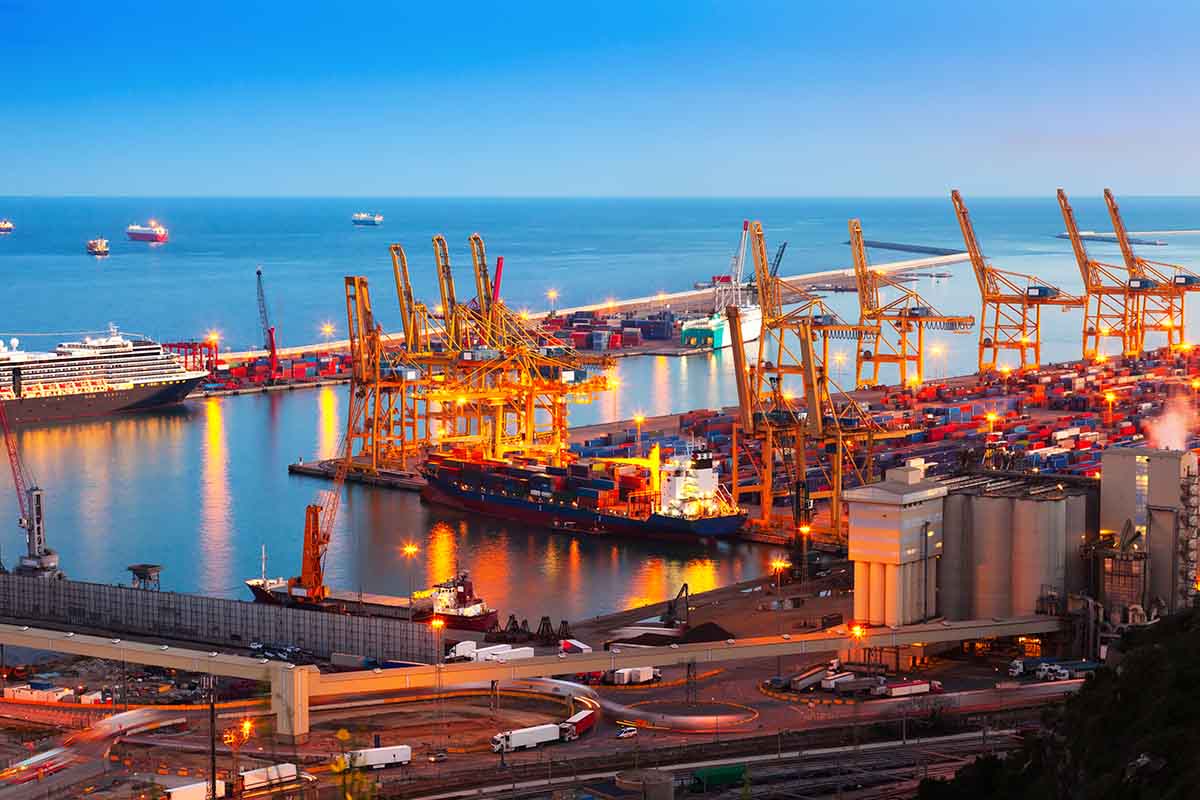Modern Supply Chain Management Benefits
The global pandemic changed the way countless individuals view e-commerce today. Their expectations have risen for same-day and next-day delivery, which business owners must recognize. This has led to changes in the supply chain, as it was forced to evolve to meet consumer demands.
This supply chain now serves as a global network of processes and data. However, the industry must continue to advance. How are businesses transforming their supply chains to meet customer expectations?
Modern Supply Chain Management Benefits: Digitalization
Information about physical goods must flow faster than the actual goods, and digitalization helps with this. Businesses must have information readily available to meet customer expectations. For example, a company must provide high-quality goods at affordable prices when the consumer wants these items.
Also, you can learn more on supply chain compliance when establishing a digital supply chain. Digitalization provides data for decision-making, resulting in more effective and efficient operations.
They are spending their hard-earned money and want value for what they get. They also don’t want to wait for goods and services. When managing your supply chain, time is of the essence.
Digitalization goes above and beyond moving to a paperless world. It involves having real-time data at a person’s fingertips. This allows every person in the supply chain to make informed decisions without delay. Integration ensures this is the case. Total visibility and interoperability at each process stage allow a company to deliver goods promptly.
Delivery Automation
Consumers hate any delay when they have purchased a product or service. However, they don’t want to pay more to get their item on the same day or the next day. They expect businesses to have these items on hand when they want them. The last mile, which is how retailers refer to the final delivery destination, has become an issue. The transfer from the warehouse or transportation hub in urban areas often isn’t flexible or fast.
To overcome this, some businesses now make use of automated last-mile delivery systems. These smaller, last-minute distribution centers are in proximity to a major metropolitan area. This allows the package to be delivered with the help of drones and autonomous vehicles rather than people.
Retailers continue to look for ways to diversify shipping options to meet customer demand. However, the use of autonomous vehicles and drones has already helped to cut costs and will continue to do so in the future, all while reducing the burden on the infrastructure.
Artificial Intelligence
Many companies rely on artificial intelligence to optimize their supply chain. For instance, they benefit from AI and location intelligence in product delivery and supply chain operations to stay ahead of the competition. They pull big data with multiple facets from different locations to determine buying patterns. They use this information to evaluate customer segments and learn their buying patterns with regard to times, events, and conditions.
When used with online interactions, the company can determine which products are most cost-effective in warehouse storage based on who is making purchases. They can move these products close to where consumers make the most purchases.
If this information changes, the company can transfer the items to another warehouse to accommodate changing consumer behavior. They can also use this information to move products around based on external factors, such as current weather in a region.
Blockchain Technology
Blockchain technology appears everywhere now today. However, many people don’t understand what it is or how it benefits their lives. Blockchain is actually nothing more than verifying something using a distributed process. It benefits everyone, from financial institutions to shipping providers. It increases consumers’ trust because every part of the process is recorded. Every person in the supply chain must verify the data as they input it.
In addition, once a person enters data, nobody can change it. It is in the digital ledger forever. This provides the business with a permanent record of the product’s journey at each stage of the supply chain. They can see its location when it arrives, and environmental conditions throughout the item’s progress.
For example, a food distribution company can ship perishables and know they remain at the correct temperature until the items reach the customer. This helps to prevent food quality issues, which are detrimental to a supplier of this type. In addition, they can review the information to identify any weaknesses in the supply chain to optimize operations.
Being Proactive Rather Than Reactive
The global nature of supply chains today complicates matters. A corporation often has supply chains in several countries simultaneously. In fact, these chains may spread across continents. A single disruption to one or more chains can be disastrous. The company could lose time, money, and possibly lives as a result of this disruption. In addition, the company will not be able to meet obligations in terms of customer service.
Identifying the source of the problem serves as a challenge. When it has been discovered, the damage may already be done. Location intelligence helps find the source of the problem almost immediately and determine why it is happening. For example, a person can learn about a natural disaster in a country across the globe immediately and make plans to reorganize the distribution of the items in that area. This is of great benefit, as customers may not even know there was any disruption in the supply chain.
Modern Supply Chain Management Benefits: What the Future Holds
Supply chains continue to evolve with the help of emerging trends. They are becoming more network-driven and open, benefiting from a solid communications and logistics infrastructure. The global network remains interconnected and benefits from location intelligence. This allows the supply chain to function interdependently.
As this technology improves, supply chain solutions will increase in effectiveness while remaining user-friendly. This dynamic representation of the supply chain allows businesses to know exactly what is happening so they can make predictions about the future.
As supply chain management is revolutionized, transaction costs will decrease. Production will become more innovative and supply networks will move to digital. The supply chains will revolve around concrete commercial realities. Companies find going digital allows them to expand their partner network while delivering products and services in a way that consumers appreciate. Companies become more responsive and flexible when this is the case, and consumers appreciate this.






















